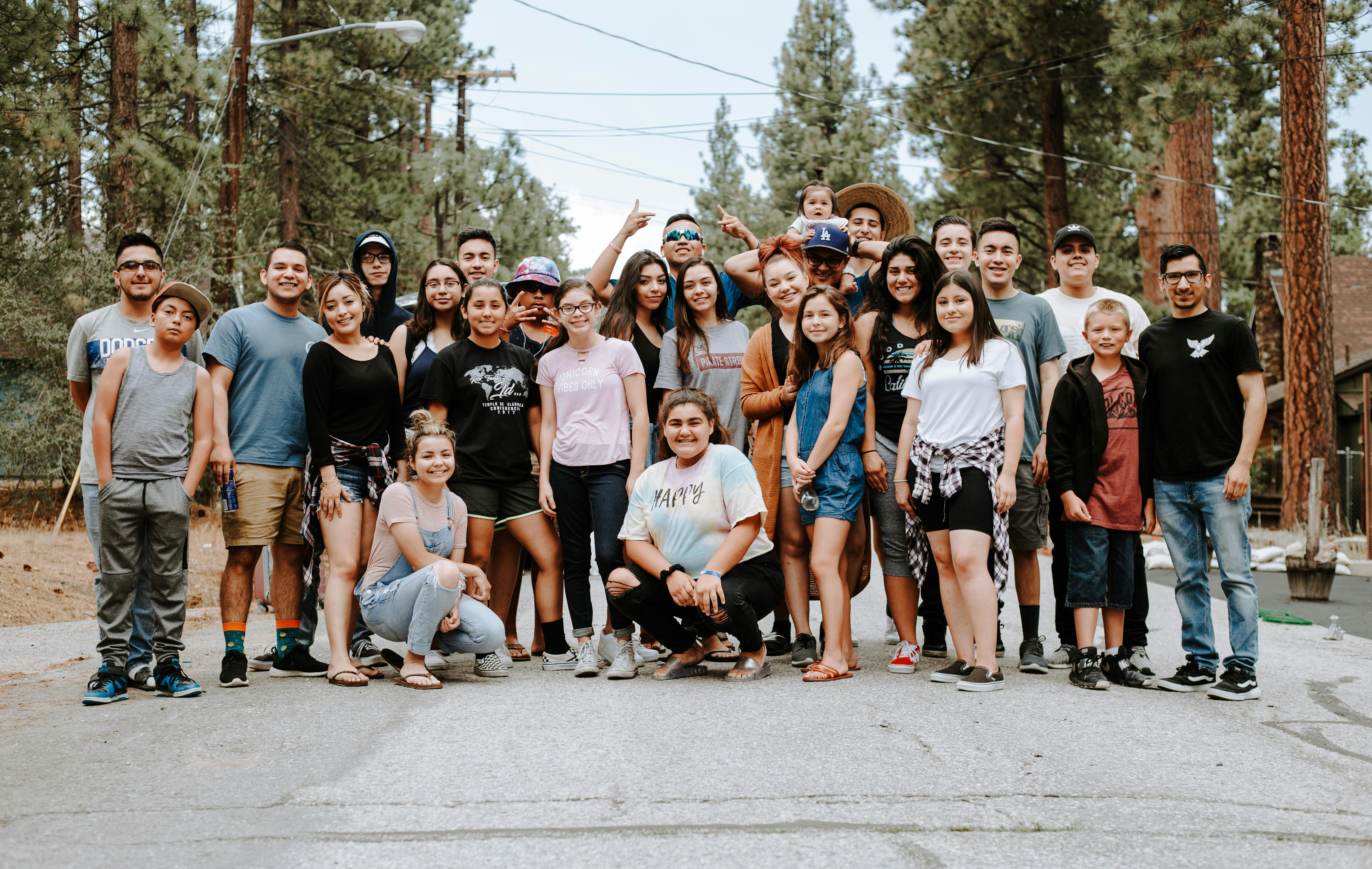Articles
- Parent Category: Management Features
- Written by Mykel Nahorniak
 Nonprofit organizations are always striving to host successful events. Whether a benefit concert, bake sale, 5K run or a support group meeting, nonprofits often generate a large portion of their community involvement and fundraising efforts through hosting events.
Nonprofit organizations are always striving to host successful events. Whether a benefit concert, bake sale, 5K run or a support group meeting, nonprofits often generate a large portion of their community involvement and fundraising efforts through hosting events. Oftentimes, staff and volunteers will be too busy planning the event and trying to get the word out there to have much time for anything else. However, there is a way for nonprofits to get even more out of the events they are already hosting – online calendaring. Adding an online events calendar to your nonprofit’s website can dramatically increase event attendance, generate more web traffic and save time for your nonprofit’s marketing team.
As a nonprofit organization, you’re already working hard – and probably with a very small team – to host events. Having an online calendar shouldn’t be extra work, it should make it easier for you to promote and generate more buzz around your events.
It’s a time-saver
A calendar solution that includes bulk uploading makes it easy to take a spreadsheet tracking all of the organization’s events and add them in just one step. If the calendar allows others in the community to add events, even better. By having others add events to your calendar, you not only save time, but also keep members of the community engaged with your organization – and it might even help you find out about other events your organization could participate in or attend.
Generate word-of-mouth
Traditionally, word-of-mouth has been one of the most effective marketing strategies for nonprofits. Online calendars take that approach into the digital age. Giving users the option to RSVP via Facebook, share the event to their own social networks, or check-in at an event increases your event’s reach and how many people are seeing it.
And the more people sharing and commenting on an event, the more chances of fundraising. A person encouraging their friends to donate time or money to a cause will get more conversions than if the organization did it.
Increase event attendance.
An easy-to-use, online events calendar is great for people who seek information and make plans on-the-go. And of course, online calendars have the potential to reach far more people, at a much lower cost, than old-fashion print calendars. Online calendars make it easy for attendees to see event information, get directions, see who else is attending, share information with friends and purchase tickets – all in one place. Drive traffic to your online calendar and you’ll see a boost in event attendance at your fundraisers and other important events.
Recruit volunteers and/or increase membership.
Nonprofit organizations are powered by people: volunteers, key benefactors and event attendees alike. By showcasing your active community and promoting events through an online event calendar, you can reach an audience of potential volunteers and members that have, until now, remained an untapped resource.
Providing detailed photographs and descriptions on your event calendar will help give prospective volunteers an idea of what working at one of your events might be like. Through social features such as comments and social media integration, individuals interested in joining your team can connect with current volunteers to discuss upcoming events and opportunities.
Easy-to-use customizable features and social media integration through an online calendar can build your non-profit’s community and get people involved. You work hard to put on fun and successful events – it’s time for those events to start working for you.
By Mykel Nahorniak, CEO and co-founder, Localist
Most Read
-

-
Feb 16 2009
-
Written by Kurt Martin
-
-

-
Jul 22 2016
-
Written by Jennifer Flaten
-
-

-
Sep 12 2013
-
Written by Jennifer Flaten
-
-

-
Jun 25 2010
-
Written by Bob Alves
-




























